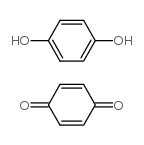| Structure | Name/CAS No. | Articles |
|---|---|---|
 |
sodium chloride
CAS:7647-14-5 |
|
 |
sodium dodecyl sulfate
CAS:151-21-3 |
|
 |
Dichloromethane
CAS:75-09-2 |
|
 |
Quinhydrone
CAS:106-34-3 |
|
 |
L-(+)-Lysine monohydrochloride
CAS:657-27-2 |
|
 |
SODIUM CHLORIDE-35 CL
CAS:20510-55-8 |
|
 |
ndsb-256
CAS:81239-45-4 |
|
 |
1-Pentadecene
CAS:13360-61-7 |